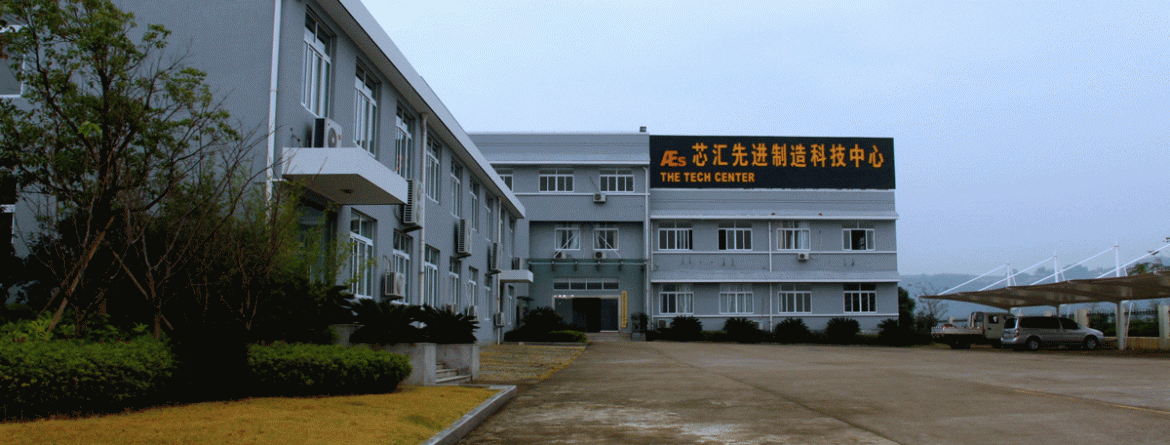IMEC USA, LLC was founded in 2011. It is designated to consult China energy-saving industries with needed technologies of international sources. Related, it helps international inventions and technologies entering China, to access industry, market and capital of China:IMEC USA is initiating and establishing these 3 industrial sectors in China.
IMEC USA, LLC has been concentrated on its Organic Lighting Initiative.
IMEC US,LLC founded IMEC Ningbo, Ltd. in 2014. The purpose of this entity is to establish the first APL manufacturer in pilot scale, in order to complete the product-to-market process of the new APL inventions.
The location is chosen in Ningbo South Coastal New Area, where concentrated lighting fixture manufacturers and mechanical engineering companies who traditionally working for major international lighting brands.
The local government development zone considered IMEC Ningbo the first light-engine or light-source company ever being established there, with a potential to lead the provincial industry to next level. The project is promised to be sponsored and supported by Ninghai County Strategic and Trendy Industrial Development Program; later Ninghai County Angle Investment, Ltd. invested venture capital to the company. The positioning of IMEC Ningbo’s pilot and trial production also fulfils local industrial community’s demands, making spaces for expanding contracted manufacture and license OEM.
IMEC Ningbo has been forming a joint venture with international inventors for next step pushing the envelope of already outstanding performances of APL, namely Super Plasma Lighting (SPL).
Organic Lighting Initiative: consulting Chinese industry to experiment and demonstrate next generation light with the most environmental and health correct lighting solutions:
Day-time natural light collected and guided into the core of buildings;
Alternative electric light sources with most close to sunlight spectrum, well controlled plasma point lighting.
Consume low-energy to the next level (day time 0, evenings below modern LED’s), comply to 0-carbon emission relating day-time indoor lighting, the 2030 international architecture mandate.
The lighting product’s manufacture processes feature the lowest consumption of energy, material and natural resources, 0 pollution, and 0 carbon emission.
The true energy-saving solutions should not compromise to current trade-offs:
Timing: using energy bill saving to pay off debt created by high manufacture costs due to high consumptions of energy, material and nature resources, as well high costs to process emission and exhaust.
Space: manufacture with the most pollutions and consumptions in one world region, and green applications in the other world region.
Human Being: health and safety are compromised by populating energy-saving lights which produce clare, flashing and wrong spectrum of lights.
